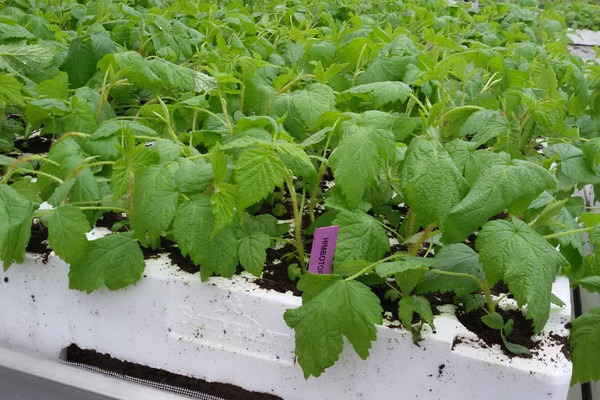Styrofoam containers
Styrofoam containers can be used for many years, because they are easily disinfected by high pressure rinsing with addition of formalin, varicine, or some other disinfectant. Although they require more storage space for disposal during periods when they are not in use and increased care, in order to avoid possible damage from rodents or from birds, the material from which they are made, as a very good insulator, ensures uniform substrate temperatures for unimpeded growth and develops seedlings. Plastic containers have openings of somewhat larger volumes, but laying on the substrate, manipulation and finally extraction of the seedlings and partly hindered. It is extremely difficult to harmonize adequate air heating and the need for good rooting in the substrate. In addition, with plastic containers it is more difficult to collect seedling plants ready for seeding, and are very impractical in automatic seedlings.
1. Styrofoam containers 40 holes are used for breeding fruit seedlings in the first row of cut down vegetables: cucumber, zucchini, melon and watermelon, especially for seasonal production (younger breeds of up to 5 weeks), but also for open field tomato.
2. Styrofoam containers 84 openings are most often used for breeding peppers for seasonal production, rarely for salad seedlings (winter production) and all other types of fruits that are later drank into pots of the appropriate size.
3. Styrofoam containers 104 holes. Salad dressing is most often cultivated in these containers, and in early production of sweet potatoes, this is also an adequate volume of substrates, as well as for planting flowers and herbs.
4. Styrofoam containers 160 openings are used for the production of seasonings, salads for seasonal production, medicinal herbs, flowers and seedlings of all other types of postcards.
